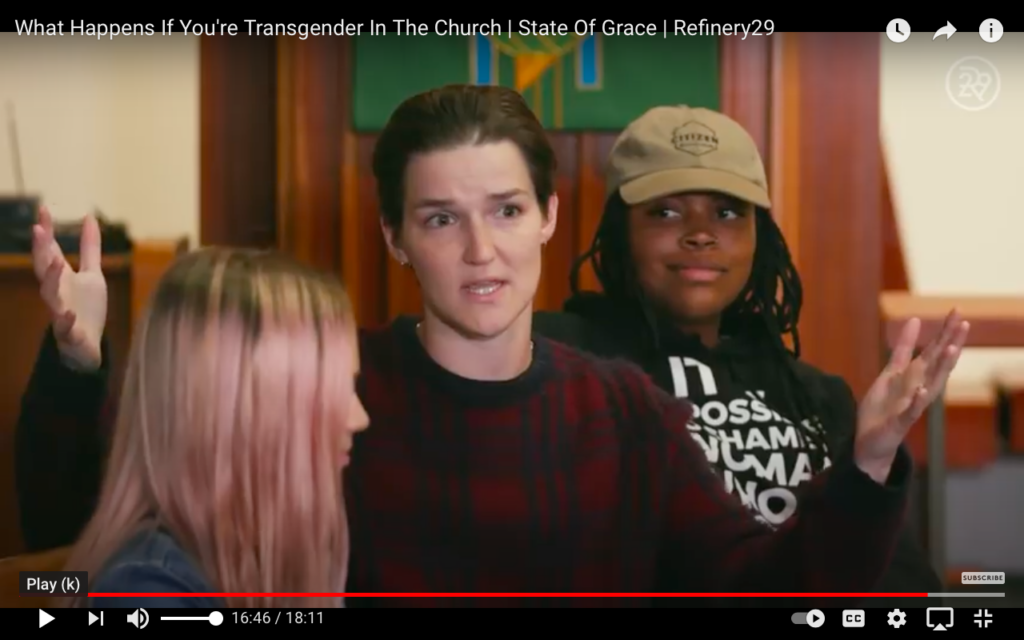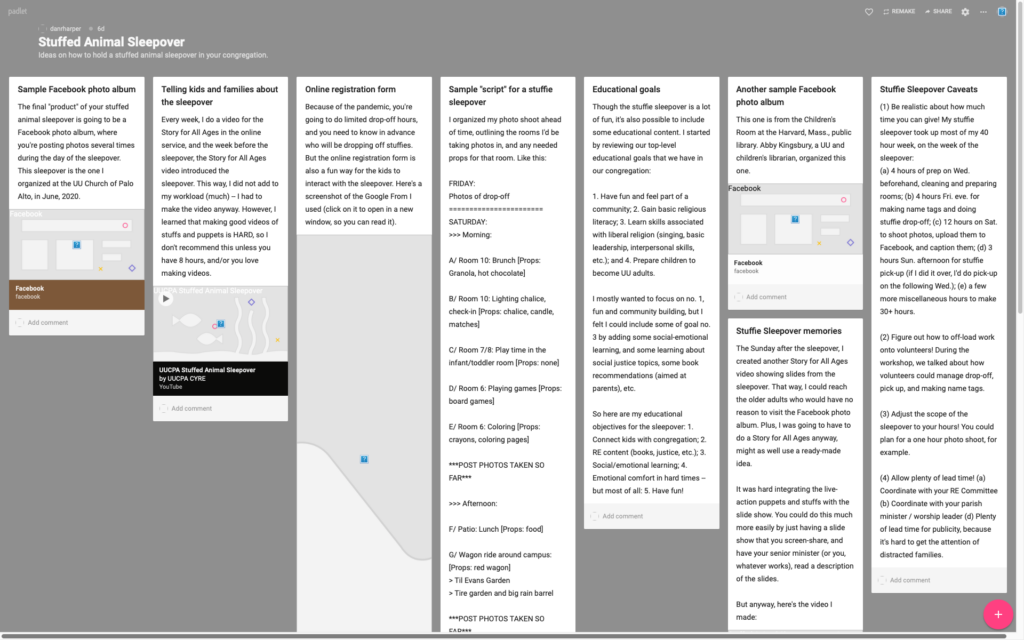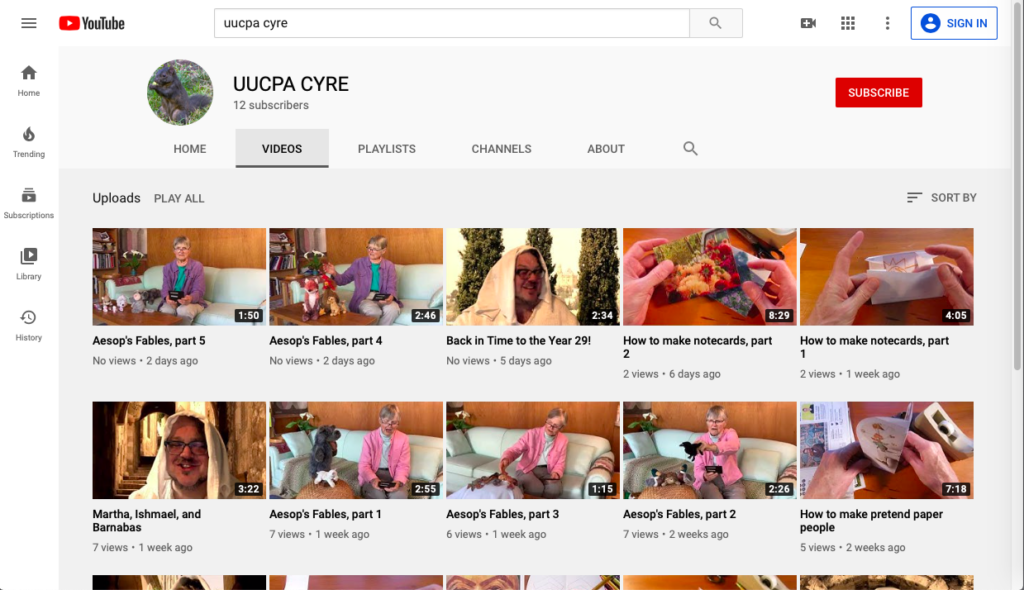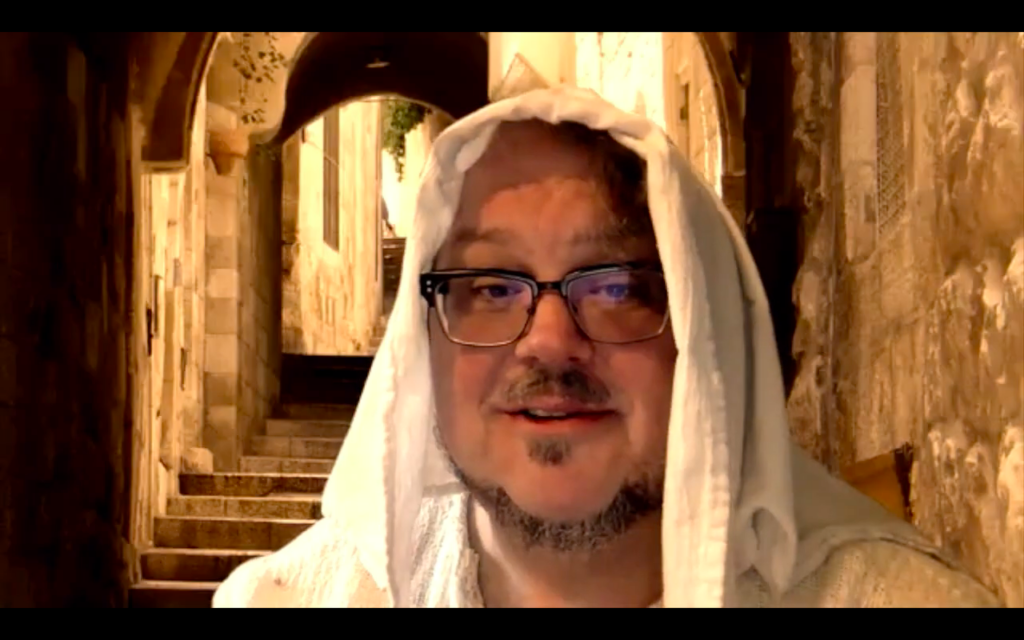A fairly major revision of a gr. 8-9 Coming of Age program is now online. From the course description: “The goal of our Coming of Age program is to help young people sort out their ethical and religious identity (recognizing that some young people do not feel religious at all), so that they may make rational decisions about the kind of person they want to become.”
This Coming of Age program assumes that Unitarian Universalist religious identity is primarily concerned with what we do in the world. Second, the program does not take Christianity as the paradigm of all religion, which means that belief and doctrine are de-emphasized, while ethics is emphasized. Third, the course includes many hands-on activities, as well as discussions, to reach different learning styles. Fourth, the course is outcome-driven, with everything in the course designed to prepare participants to write and deliver statements of religious identity in a culminating worship service.
I wrote the curriculum, but it’s based on the real-world course we’ve offered at the UU Church of Palo Alto for the past decade. Many other teachers, and many participants, have contributed to the program.
There are still known issues with the curriculum. The session plan for Session Seven, “Western Religious Practices,” is teachable, but needs revision. Session Ten, “Football Is Religion,” was taught for the first time in 2021, and the session plan is still rough. Session Eight is designed as a field trip to a specific art museum in San Francisco, but could be adapted to other museums in other locales. The social justice project is very specific to the Palo Alto congregation, but with careful attention to the criteria for what constitutes a good social justice project, other congregations can find suitable projects.
The curriculum does make use of copyrighted material. However, the online curriculum provides to online sources for all copyrighted material.
Overall, the curriculum is quite sound and produces excellent outcomes. While written for the Palo Alto congregation, it should be fairly easy to adapt to most UU congregations.
Coming of Age program at Yet Another UU Curriculum Site.




